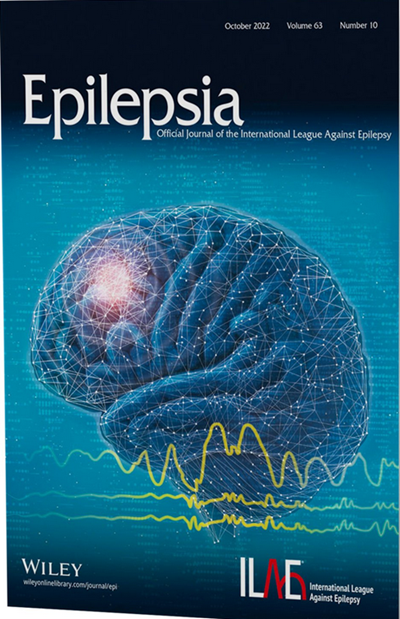The proportion of patients with epilepsy who have a non-intravenous rescue benzodiazepine (non-IV-rBZD) available for seizure emergencies is unknown. This study aims to describe prescription patterns from 2006 to 2022, factors associated with prescription, and the impact of recently introduced intranasal benzodiazepines on prescription and cost.
Retrospective analysis of the MarketScan Database, a claims database of privately insured patients in the United States.
Among 213 384 patients (53% female, median (p25-p75) age: 33 (17–50) years) with epilepsy taking long-term anti-seizure medications with follow-up of 2.62 (1.54–4.73) years, only 30 371 patients (14.2%) had at least one non-IV-rBZD prescription. The proportion of patients with at least one non-IV-rBZD prescription was higher among: (1) younger patients (61.4% in the 0–5 year age group, 44.2% in the 6–12 year age group, 23.9% in the 13–21 year age group, 4.8% in the 22–35 year age group, 1.8% in the 36–50 year age group, 1.3% in the 51–60 year age group, and 1.0% in the older than 60 years age group); (2) patients with refractory epilepsy (24.3% vs 10.9% in non-refractory epilepsy); and (3) patients with more emergency department visits or hospital admissions for epilepsy (7.1% among patients with 0, 19.2% among patients with 1–3, and 31.1% among patients with more than 3). Multivariate analysis confirmed young age, refractory epilepsy, and emergency department visits or hospitalizations for epilepsy as strong independent predictors of having at least one non-IV-rBZD prescription. Prescriptions for intranasal midazolam and intranasal diazepam have increased rapidly; they had moderately increased the overall proportion of patients with a non-IV-rBZD prescription, whereas the inflation-adjusted cost of non-IV-rBZDs has markedly increased.
The vast majority of patients with epilepsy have not filled a prescription for non-IV-rBZDs. Seizure emergency readiness can be markedly improved, especially among adults. The cost of non-IV-rBZDs has increased with intranasal rescue medications.


